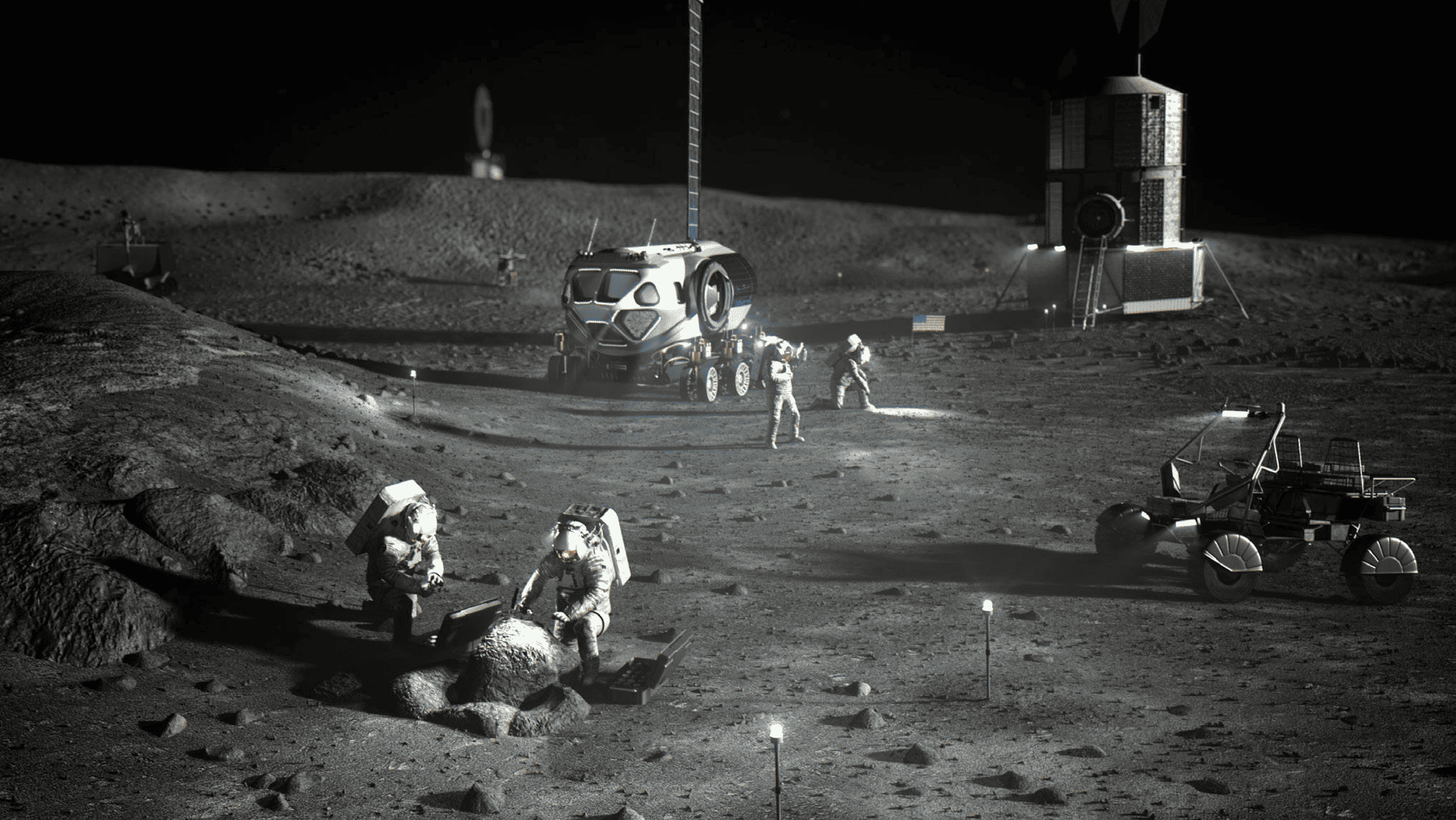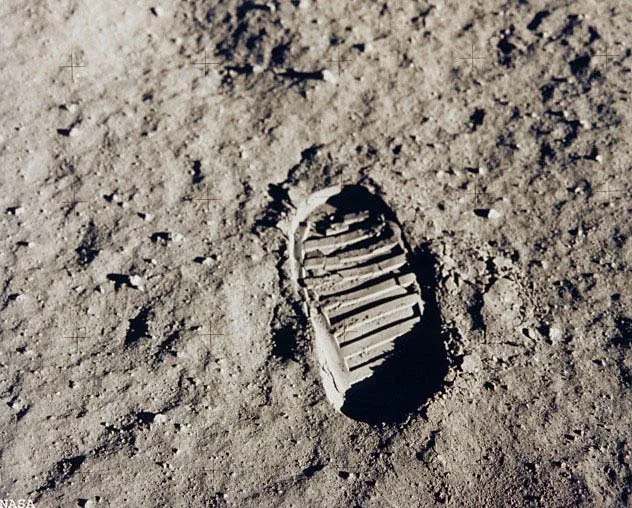
In September 1959, humans caused their first disturbance on the moon. The USSR’s unmanned spacecraft Luna 2 smacked into the moon at 3.3 kilometres per second. Since then, we have either landed on or crashed into the moon some 60 times — around once a year. Researchers believe this is just one of the ways in which we are affecting the Moon. In fact, they propose that humans are triggering a new geological age on the Moon.
“Our argument is that this is just the beginning, and that rate is poised to increase exponentially. Our understanding of exactly how we are impacting the moon, other than surface disturbance, is in its infancy,” says Justin Allen Holcomb, lead author of a newly published paper. In an email to ZME Science, Holcomb explained that humans are quickly becoming a dominant force in altering the lunar landscape.
A new age might have dawned on the moon, Holcomb says — the lunar Anthropocene.
The Lunar Anthropocene
There’s a lot of talk of the Anthropocene here on Earth.
This term comes from the Greek words for “human” (anthropos) and “new” (kainos). It suggests a new era in which humans are the dominant force shaping the planet’s climate and environment. It is characterized by distinct changes in the Earth’s systems, including altered climate patterns due to greenhouse gas emissions, widespread pollution, deforestation, and the mass extinction of species.
Although not yet officially recognized as a formal geological epoch by the International Commission on Stratigraphy, the concept of the Anthropocene has gained considerable traction among scientists and the public. This reflects a growing awareness of humanity’s deep and lasting footprint on the natural world.
Is it time to recognise something like this for the Moon as well?
“For us, the defining characteristic of the Lunar Anthropocene is human interaction with the lunar surface, especially measured through crashes, landings, and impacts (purposeful crashes). We do know that lander exhaust can contaminate lunar ice. We also know that landers and rovers can distribute lunar regolith kilometers of distance. As new mining operations begin in earnest, it may be possible that we can measure our impact in the Moon’s thin exosphere,” says Holcomb.
In some ways, it’s easier to map this effect on the moon. Telltale signs of human activity can be found in soils. But soils are constantly being eroded and removed due to the Earth’s dynamic geology. The moon doesn’t have this problem. Here on Earth, the debate around when to define the Anthropocene is quite murky, but on the moon, you could perhaps define it more easily.
“Some characteristics that distinguish the Lunar Anthropocene from previous Epochs are a rapid increase in lunar surface disturbance by anthropogenic impact (lunar landers, crashes, purposeful impacts, and rover/human movement and activity).”


Why now?
Holcomb says they want to draw more attention to this issue and encourage international efforts to address this problem.
The timing is just right, too. The moon has become the hotspot of a new space race. NASA’s Artemis II mission is expected to carry four humans to the moon in November 2024. It should be followed by Artemis III, which will see humans land on the moon again. China’s goal is to land astronauts on the Moon by 2030. There’s even talk about a permanent moon base.
All this is changing the geomorphology of the moon. It’s even changing what could be considered heritage sites.
“With the rate of anthropogenic impact on the lunar surface continuing to increase as we enter the New Space Race, a major concern is impact of previous landing sites, which represent important space heritage (e.g., first lunar crater by Luna 2, first footprints by Apollo 11, etc.). Currently, there exists no binding legal protections of these sites.”
There’s also insufficient research on how moon landings affect the lunar environment. We don’t know enough about how human missions interact with lunar soil (regolith). The surge in lunar exploration makes this understanding all the more critical.
But more importantly, defining a lunar Anthropocene is about redefining our relationship with the space around us.
We hope that scientists and the public realize that we are on the cusp of a new relationship with the solar system, in general, but with the moon, specifically. We have entered a New Space Race. But in the grand scheme of things, this is just the beginning. The history of our initial and current forays into the solar system are preserved on the Moon’s surface and elsewhere, and we need to begin having discussions about how we can manage our impact to extraterrestrial environments and space heritage during this new era of space exploration. One way to accomplish this goal may be by designating a geologic era of humanity, which can allow us to place our history into a stratigraphic context capable of more accurate study.
A continuous human migration
Reassessing our relationship with the moon is not as much of a paradigm shift as it may seem. Sure, on one hand, it serves to dispel the myth that the moon is an unchanging environment not affected by humanity. But on the other hand, it’s simply an extension of the long history of human migration. It’s started by leaving Africa, moved across the entire globe, and is now slowly moving outwards to the solar system.
Holcomb wants more researchers to think about this. Not just engineers, astronomers, and other scientists commonly associated with space exploration — but researchers from the social sciences and humanities.
We hope that this paper represents an example of how other fields of inquiry, such as anthropology and archaeology, can contribute directly to issues within the planetary sciences.
It’s time to stop thinking of our space exploration as a purely technical achievement. It’s time to start starting thinking about what it actually is: an important step for our species.
“Moving forward, we hope that this type of research inspires other fields of inquiry that are not typically involved in planetary science research to contribute their unique perspectives to the ongoing New Space Race,” Holcomb concludes.
